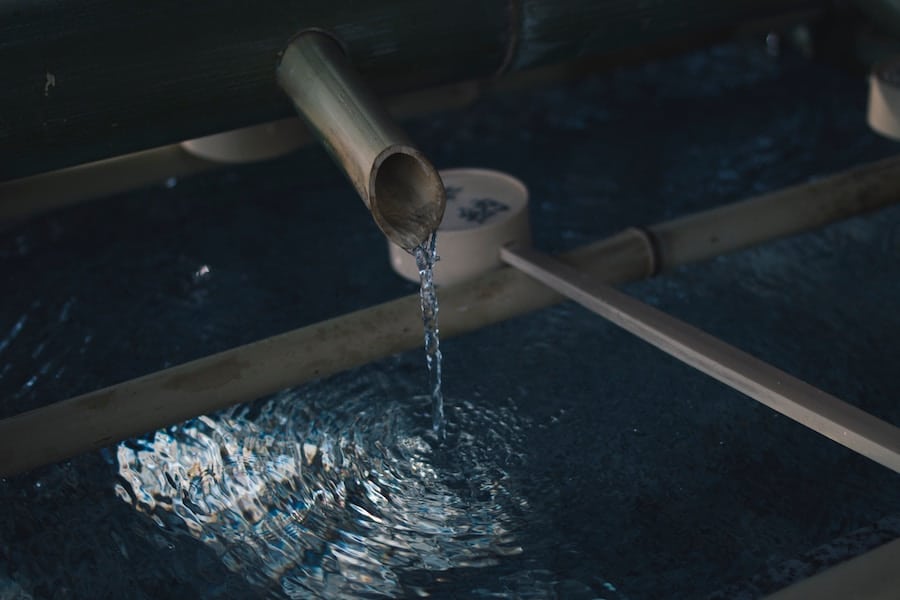
Water covers most of the Earth, and as the population expands, water resources increasingly become more precious — and polluted. Water quality decreases due to the strain placed on inland waters and oceans.
Industrialization spread across the world since the 19th century along with ever-increasing pollution — a sign that humans strain the resources of the planet. Every continent and ocean is contaminated, and though the contaminants don’t appear on the surface, they still affect the water that people drink — especially when these pollutants get pushed into lakes and rivers where drinking water is tapped.
Water pollution types
Creeks, rivers, lakes, and oceans make up the surfaces waters of the Earth which are subject to pollution, such as an oil spill, but groundwater held in aquifers that feeds much of our drinking water also gets polluted.
Point-source pollution derives from a single location — a factory’s discharge pipe leaking toxic chemicals into a river or a person pouring car oil down a drain — and it affects the immediate environment. Non-point pollution comes from scattered sources, such as urban runoff from grease or toxic chemicals, entering the environment from various points at once. When pollution travels far away from its source point, such as radioactive waste from one country to another, experts refer to it as transboundary pollution.
A quick overview of five water pollutants
You know about the different types of water pollution, but what should you look out for? You learned about the dangers of oil spills, mining, acid rain and algae overgrowth in school, but other pollutants threaten your drinking water. From mercury poisoning to thermal pollution, watch out for these five water pollutants.
1. Mercury
Industrial corporations generate mercury as a byproduct which seeps into water and can be hard to detect. Mercury poisoning can lead to central nervous system failure or damage in the elderly and children, is responsible for issues in pregnant women and birth defects in children, many who die before birth.
Mercury poisons fish in the water as well as the animals who eat them. Plants also absorb mercury and can’t process their own nutrients to grow. Humans consuming these animals and plants consume the mercury. Environmentally-friendly methods for preventing runoff can reduce exposure.
2. Toxic Runoff
Waste from illegal or landfill dumping, along with industrial waste, can generate toxic runoff in large amounts. Heavy rain in a landfill spreads the chemicals far from the site and absorbs them into the groundwater. Nearby creeks, rivers, pond, and lakes also absorb these chemicals — humans are affected by resulting bacteria and parasites, directly or indirectly by exposure to animals and plants who consumed the toxins.
3. Water Softener
You use water softeners to improve the quality of your water for consumption and keeping yourself clean. However, some water softeners are salt-based, which pose dangers for human consumption and the environment as it contaminates underground aquifers.
High salinity also reduces the ability to reuse wastewater, and the increase causes home appliances and plumbing to wear out more quickly. The discharged result can damage crops and aquatic life.
4. Agricultural Pesticides
You know that modern industrial agricultural typically rely heavily on pesticide use, but so do residential communities. Rain and irrigation can wash pesticide residue down storm drains even days after pesticides get sprayed, and stormwater runoff gets emptied into creeks which connect to rivers and oceans.
Many pesticides remain harmful to the environment even when designed to protect crops and carefully cultivated lawns. They wash off into surface and underground waters that can lead to developmental issues in kids and cancer, and some pesticides drift through the air and cause respiratory problems. Signs of pesticide poisoning in children may look like other illnesses with symptoms like skin rashes, dizziness, headaches and muscle twitching.
Animals get poisoned and die. Land poisoned with pesticides becomes infertile.
5. Thermal Pollution
Yes, heat can pollute the waters where factories operate, and these industrial operations often raise the temperature of waters in the area. Deforestation, soil erosion, runoff from paved surfaces and even natural geothermal activity, such as from volcanoes, also cause thermal pollution.
Often, the effects go unnoticed by humans for years, but the issue becomes noticeable when it affects the plants and animals. Plants choke from a lack of oxygen inside the water, and the added heat cause some fish to overproduce while it can eliminate fish that thrive in colder waters. If thermal pollution works in combination with toxic runoff, the dangers increase.
Water is essential to life, and water pollution isn’t always obvious when you look at the surface of the matter. Pay close attention to what you pour down the drain, consume and spray around your home for the future of your health and that of your children.
Photo by TOMOKO UJI on Unsplash



missed excessive floridation